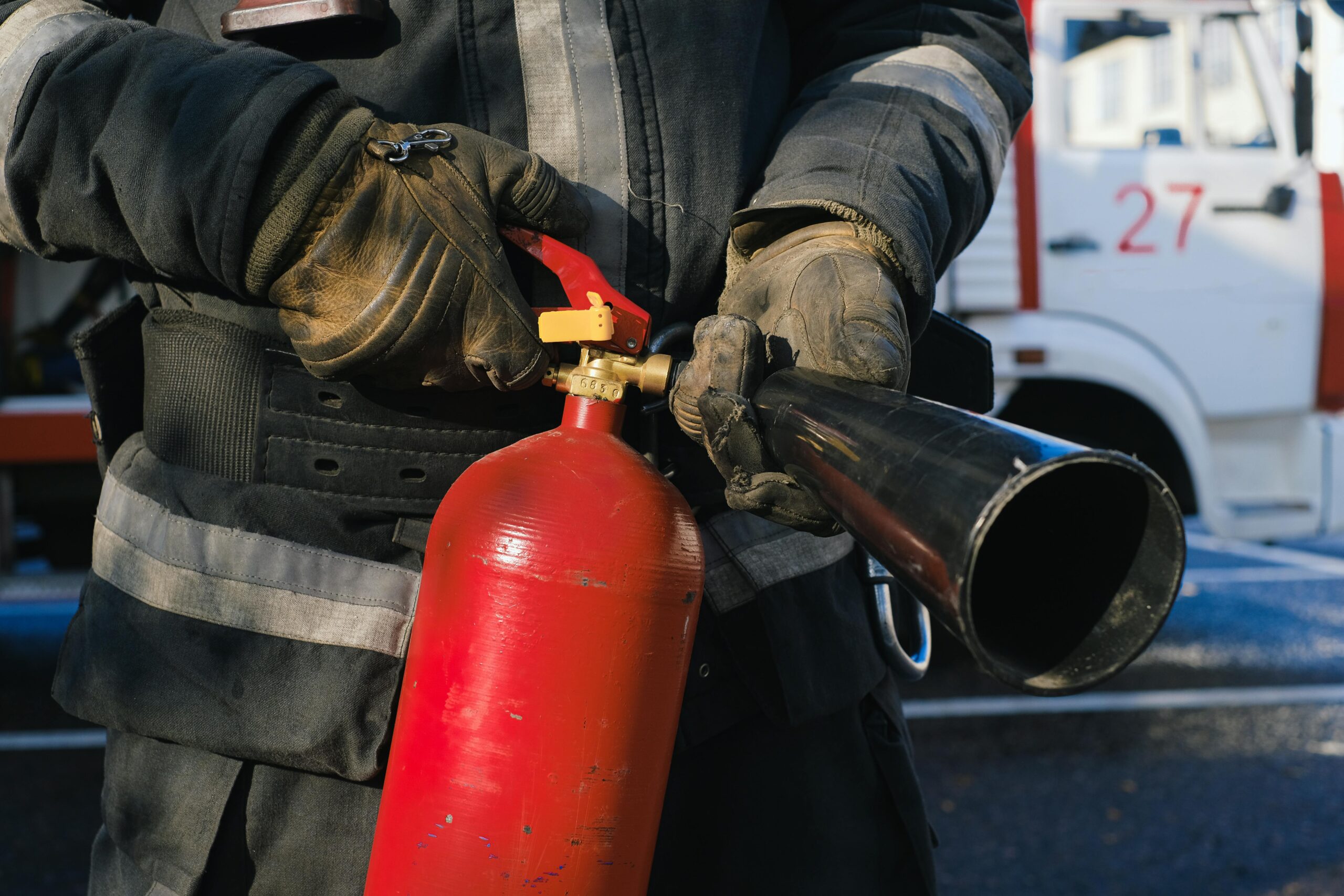(image credit: by Anna Shvets )
Did you know the earliest fire extinguishers were powered by a chemical reaction between baking soda and sulfuric acid? Discover the explosive beginnings of firefighting technology and how a little chemistry saved countless lives.
From Fizz to Flame-Fighter: A Brief History
Modern fire extinguishers may seem high-tech, but their origins are bubbling with old-school chemistry. Back in 1818, British captain George William Manby invented one of the first portable fire extinguishers. But the real breakthrough came a few decades later with the soda-acid extinguisher—a gadget that could’ve doubled as a high school science project!
Inside this fire-fighting device was a tank filled with water and sodium bicarbonate (aka baking soda). A separate glass vial suspended in the tank contained concentrated sulfuric acid. When the extinguisher was activated, the vial would shatter, causing the acid and soda to mix. The result? A violent chemical reaction that released carbon dioxide gas, rapidly building up pressure and forcing the water out of a nozzle to extinguish flames.
It was as simple as it was brilliant—and incredibly effective for its time.
Why It Was a Game-Changer
Before this innovation, putting out fires was mostly a manual task involving buckets of water, sand, or crude hand pumps. The soda-acid extinguisher offered something revolutionary: a pressurized stream of water, compact enough to carry and operate by a single person. It became a staple in factories, trains, schools, and even homes throughout the late 19th and early 20th centuries.
Why It’s Still Cool Today
The soda-acid extinguisher may be obsolete now (modern extinguishers use pressurized gas and more targeted fire suppression agents), but its legacy lives on in today’s compact, efficient fire-fighting tools. It’s a perfect example of how early chemistry and clever design can lead to life-saving technology.


